Guard Safety is certified and qualified, member of IOSH and NZISM, providing practical help with the NZ Health and Safety Act for the maritime and primary industries. Guard Safety was formed in August 2015.
In England, on 17 March 1813, a twenty-one-year-old stonecutter, John Guard, was convicted for stealing a five-shilling quilt. In those days terrible sentences could be handed out for the most petty crimes. Guard’s punishment was to be sent across the sea to the convict settlement in Australia’s New South Wales. It was the beginning of a long chain of events which would eventually see him found one of New Zealand’s most legendary whaling families.
He disembarked from the convict ship the Indefatigable in Sydney on 25 April 1815, and began five years hard labour as part of a convict gang.
When he finally became a free man, he took an apprenticeship as a sealer under Captain Richard Siddins. Sometime in 1825 or 1826, Guard himself became a whaling and sealing captain. From then on he was generally known by his nickname, Jacky.
While on an expedition in 1827, a gale blew up, and Captain Jacky Guard and his crew took shelter in the Tory Channel of the Marlborough Sounds. This turned out be a blessing in disguise – the crew realised that the area had great potential. They settled at Te Awaiti, or Tar’white as they called it, and carried on sealing and whaling, forming what was probably New Zealand’s first shore-based whaling station. At first they did not have the equipment they needed to extract whale oil, so they killed whales for the baleen alone.
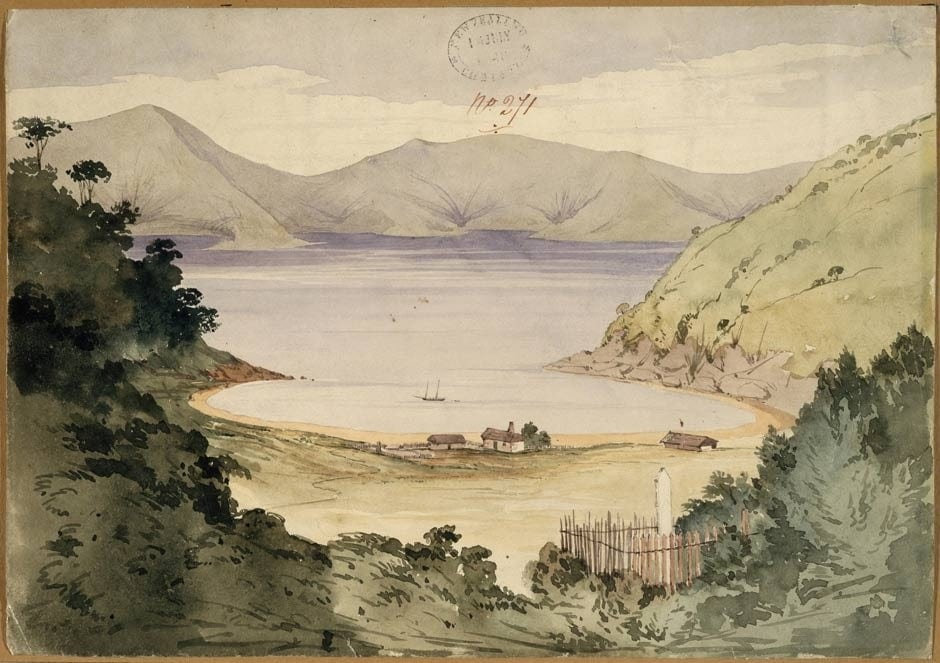
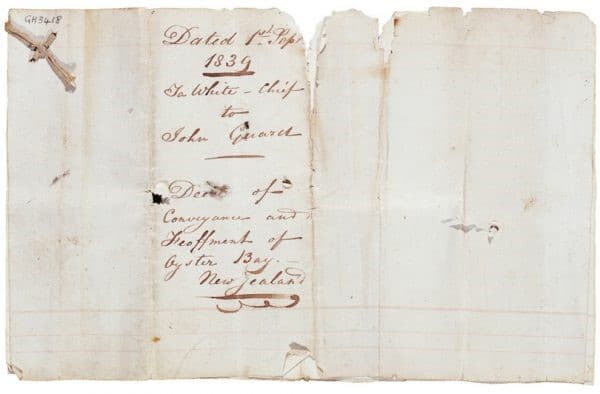
Life was tough. Guard and his men sometimes had little to live on other than whale meat and wild turnips, and they were constantly in conflict with local Maori.
In 1830 Guard made a business trip back to The Rocks – the suburb by Sydney Harbour where he had once lived. He was nearly forty by this time, but this did not stop him marrying fifteen-year-old Betty Parker, who was from a local ex-convict family with whom Guard was friendly.
The newlyweds travelled back to New Zealand, and although young, Betty Guard soon proved herself to be as tough as her husband. She was probably the first white woman ever to settle in the South Island, and a year later she had the first Pakeha child to be born there – a boy, whom she named John.
In 1832 Jacky Guard bought Kakapo Bay from the chiefs Te Rauparaha and Te Rangiheata, and moved his home and whaling station there. The following year, Betty Guard gave birth to a daughter – Louisa.
In January 1834, the Guard family visited Sydney. On the way home, their ship, the Harriet, was driven ashore in Taranaki. They were attacked by local Maori, who were probably seeking revenge for past wrongdoings, and the ensuing saga of battles, kidnappings, and daring rescues became known as the Harriet affair.
The infant Louisa died several months later, probably as a result of the trauma. Betty Guard gave birth to six more children over the years: Thomas in 1835, Charles in 1836, Amelia in 1840, Emma in 1842, Helen in 1847, then finally twins, Edward and Susan, in 1850.
Meanwhile, Jacky Guard continued to expand his whaling empire. When a New Zealand Company land-purchasing expedition arrived in Cook Strait in August 1839, Guard offered his services as a guide and interpreter, but he was careful to try and preserve his own land interests. On 1 September 1839, he bought Oyster Bay from the chief ‘Ta White’, and six days later, he and James Wynen bought a large area of land surrounding the Pelorus river from Te Rauparaha and Te Rangiheata. In 1841 Guard applied to Governor Gipps to have these purchases recognised, but nothing further was done and the claims lapsed in 1880.
Guard continued shore-based whaling from Port Underwood until about 1846. The whale population was by then in decline. He supplemented his income by running several small trading vessels that serviced new settlements in the Cook Strait area.
Jacky Guard died in 1857 at the age of sixty-five. Betty lived thirteen more years. Towards the tall and thin and very alert.’ (1) She died in 1870 aged fifty-five and was buried in the Guard family private burial ground in Kakapo Bay, close to her husband.
To this day members of the Guard family live at Kakapo Bay, and retain a close association with the sea.
Reference
1. Grady, Don. (1990). Elizabeth Guard 1814-1870 in The dictionary of New Zealand Biography. vol 1. Wellington: Department of Internal Affairs. p 165. Text originally published in Tai Awatea, Te Papa’s onfloor multimedia database. 1990
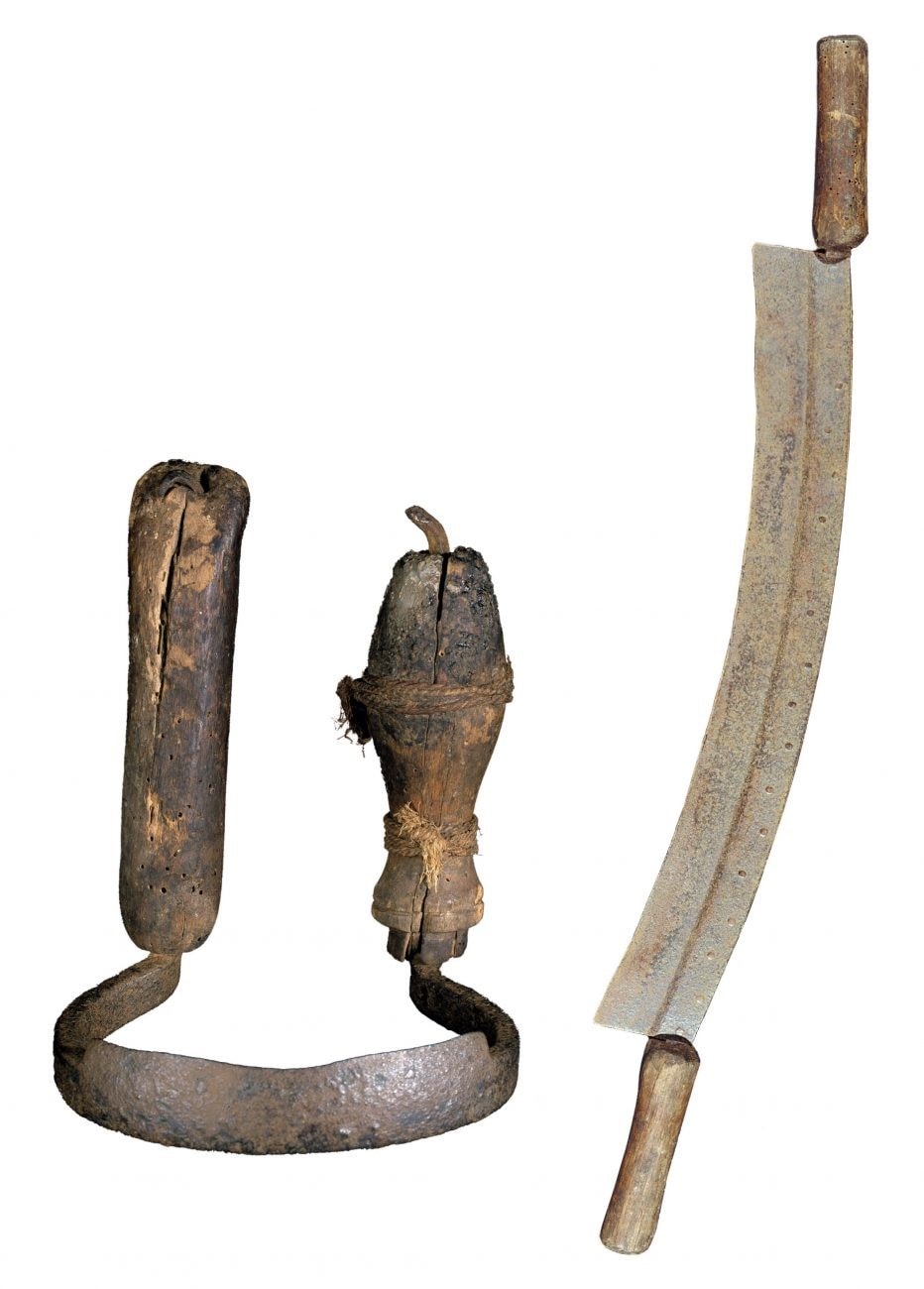

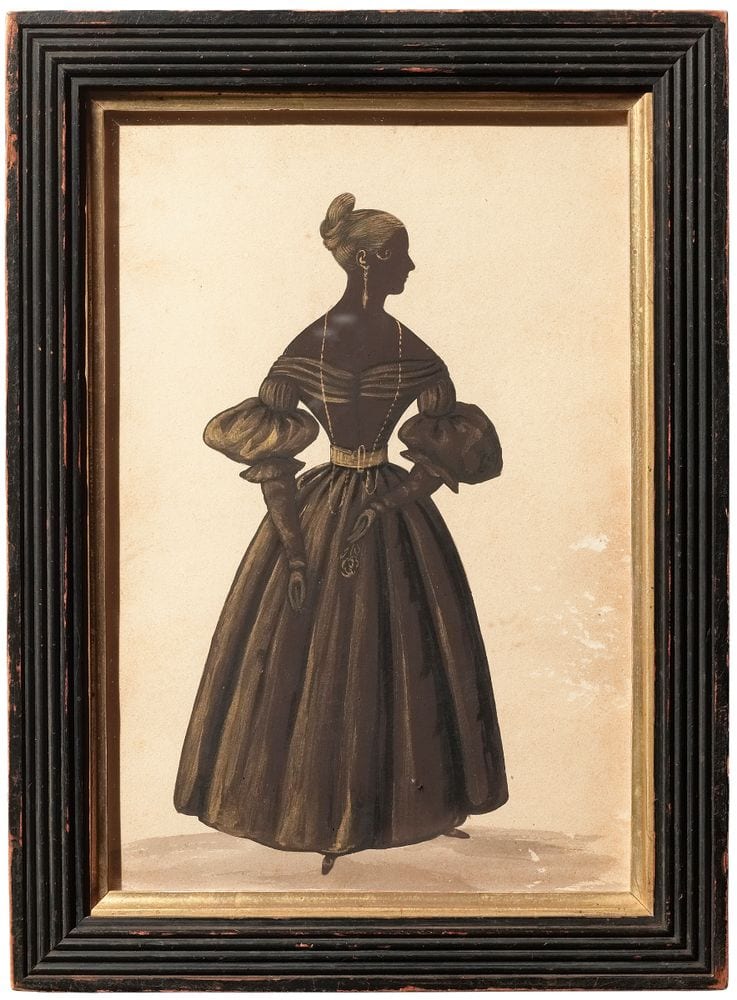
Betty Guard Australian born, Elizabeth (Betty) Parker probably arrived in New Zealand in 1830 as the young bride of a Marlborough Sounds whaler, Captain John (Jacky) Guard.
Betty was reputedly the first European woman to settle in the South Island.
In October 1831 Betty gave birth to a son, John, the first Pakeha child to be born in the South Island. Jacky Guard moved his whaling station and residence to Kakapo Bay, Port Underwood, where in late 1833 Betty gave birth to Louisa.
The Guards were returning from a trip to Sydney in April 1834 when their ship, the Harriet, was driven ashore near Cape Egmont, Taranaki, in a southerly gale. Those on board survived only to be attacked by a group of Taranaki and Ngati Ruanui Maori (aided by two deserting seamen from the Harriet). Some of the crew were killed while the Guards and some other survivors were taken hostage.
Betty narrowly escaped death when a tomahawk blow to her head was deflected by the large tortoiseshell comb she wore in her hair. Teeth from the comb were lodged in her head as a result of the blow. You can view this comb in Te Papa museum in the pioneer section.
After two weeks Jacky and several other men were released on condition that they return with a cask of gunpowder as ransom for the rest of the party. Instead, in Sydney Guard secured support from Governor Bourke for the rescue of those still held in Taranaki.
In the four months it took Jacky and the rescue party to return, Betty lived under the protection of a chief called Oaoiti.
In late September Jacky Guard returned with the man-of-war HMS Alligator and the colonial schooner Isabella, carrying a detachment of 60 men from the 50th Regiment. These were the first British troops to come into armed combat with Maori.
Reference
1. Grady, Don. (1990). Elizabeth Guard 1814-1870 in The dictionary of New Zealand Biography. vol 1. Wellington: Department of Internal Affairs. p 165. Text originally published in Tai Awatea, Te Papa’s onfloor multimedia database. 1990
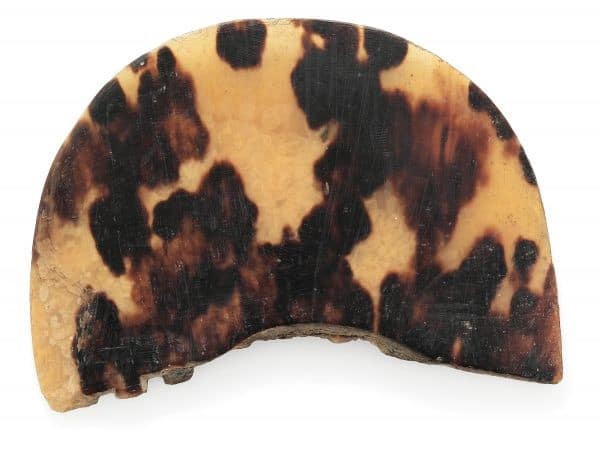
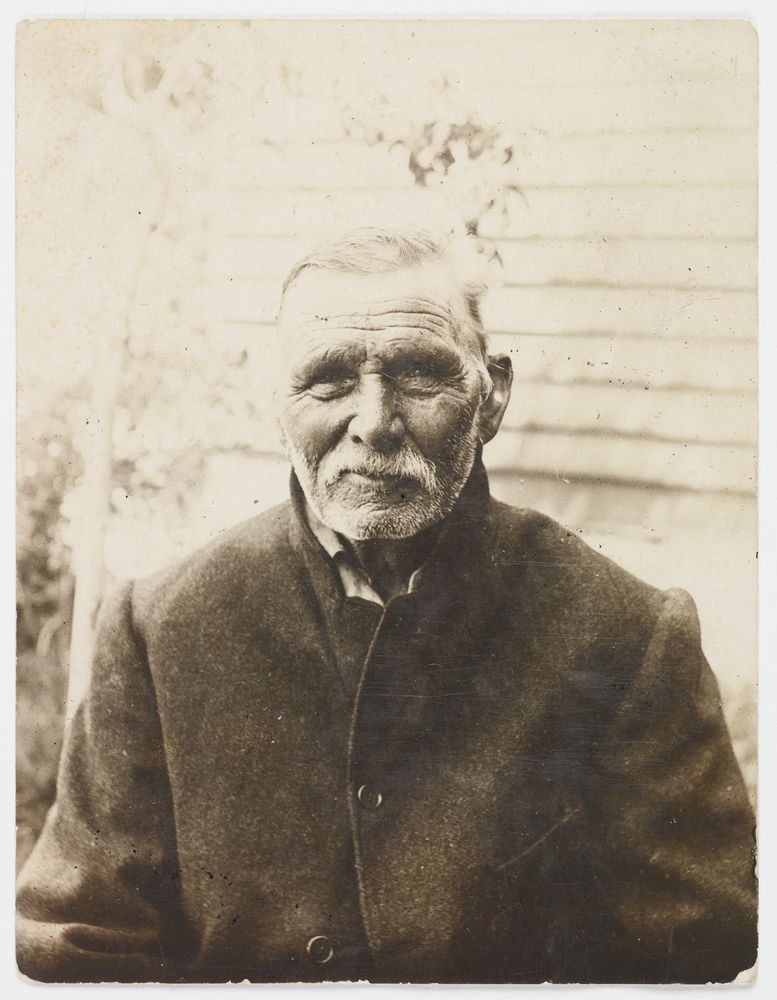
Captain Robert Lambert of the Alligator made it clear that there would be no ransom. Oaoiti was captured and wounded by bayonet. A rescue party then assaulted and burnt Te Namu pa, where Betty and baby Louisa were being held. The remaining Guard, John junior, had been taken to the nearby pa of Waimate. On 8 October Waimate was subjected to a three-hour bombardment. John junior was grabbed from an old chief. Rough seas prevented the rescue party re-boarding their vessels immediately and over the next few days fighting continued.
Eight months after their rescue Louisa died, probably as a result of hardships suffered while she was a prisoner.
In early 1836 Betty returned with her family to Kakapo Bay, where she was to have six more children. She died at the age of 55 on 16 July 1870 and was buried there in the Guard family’s private burial ground.
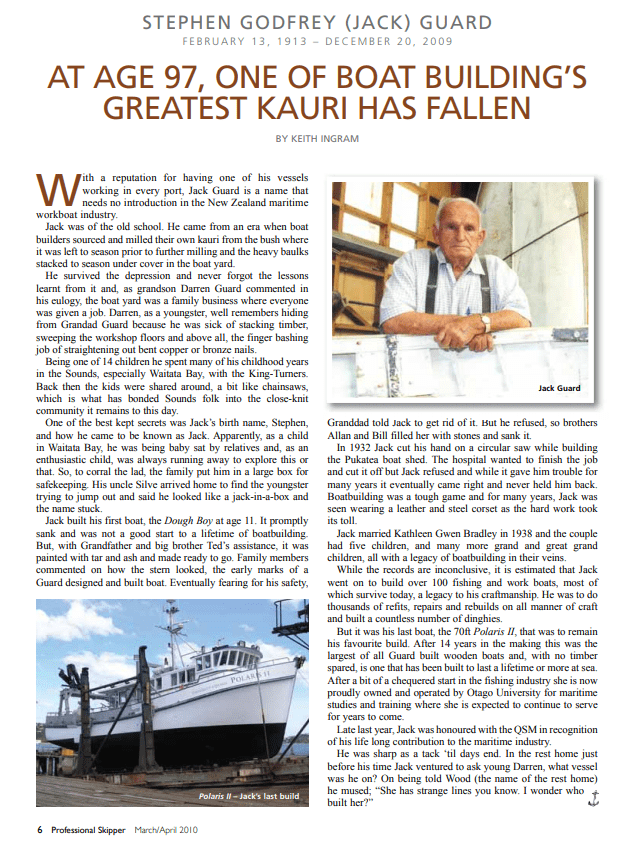
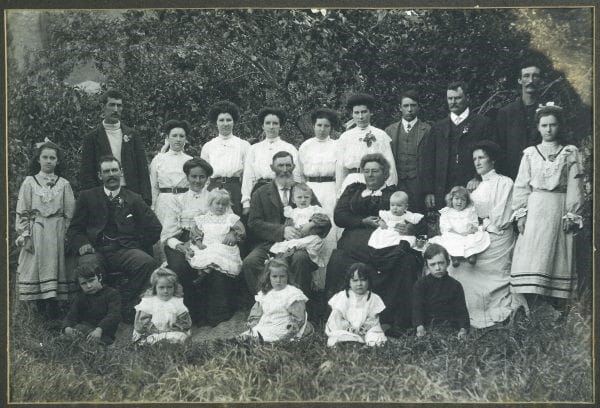
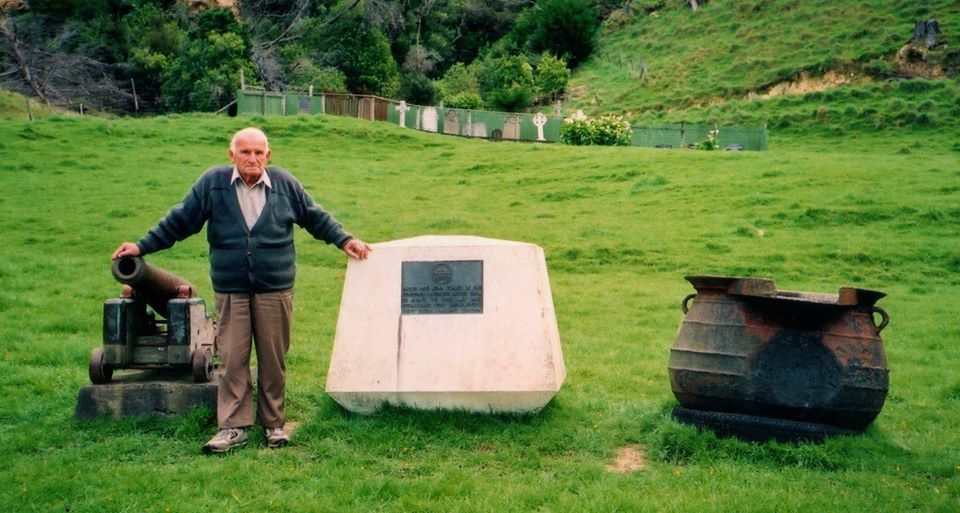
Guard Safety offer health and safety services for all New Zealand workplaces, both land and sea based. Effective, simple, compliant workplace health and safety.